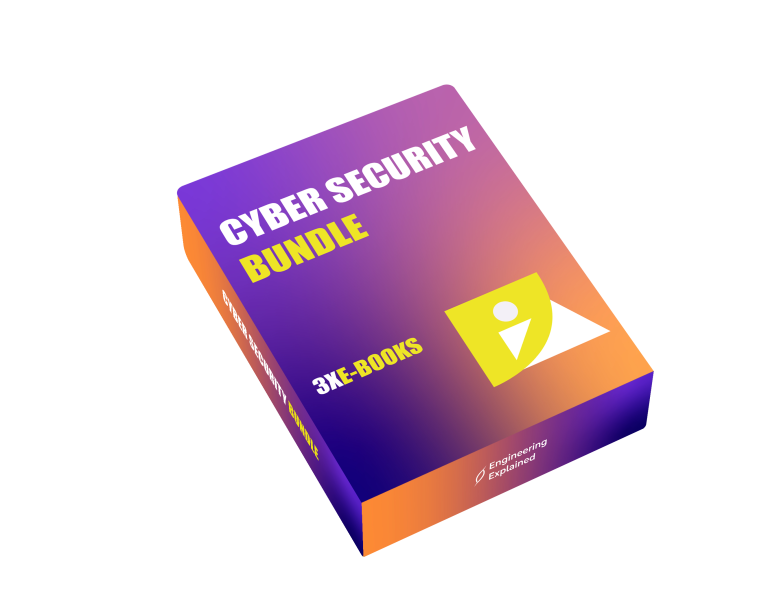• Introduction to Cloud Asset Management
✔ Evolution and Context
✔ Differences from Traditional IT
✔ Importance of Cloud Asset Management
✔ Overview of Cloud Assets
• Compute Assets
• Storage Assets
• Network Assets
✔ Summary
• Cloud Asset Classification and Lifecycle
✔ Understanding Cloud Asset Types
• Infrastructure as a Service (IaaS)
• Platform as a Service (PaaS)
• Software as a Service (SaaS)
✔ Asset Management Pipeline
• Procurement Leaks
• Processing Leaks
• Tooling Leaks
• Findings Leaks
• Tagging Cloud Assets
✔ Case Studies and Examples
✔ Summary
• Cloud Identity and Access Management
✔ Overview and Necessity of Identity Management
✔ Differences from Traditional IT
✔ Lifecycle of Identity and Access Management
• Request
• Approval
• Creation, Deletion, Grant, or Revocation
✔ Authentication in Cloud Environments
• Cloud IAM Identities
• Business-to-Consumer and Business-to-Employee
• Multi-Factor Authentication
• Passwords and API Keys
• Shared IDs
• Federated Identity
• Single Sign-On
• Instance Metadata and Identity Documents
• Secrets Management
✔ Authorization
• Centralized Authorization
• Roles
• Revalidation
• Putting It All Together in the Sample Application
✔ Case Studies and Best Practices
✔ Summary
• Cloud Vulnerability Landscape
✔ Landscape of Cloud Vulnerabilities
• Differences from Traditional IT
• Vulnerable Areas Overview
• Data Access
• Application
• Middleware
• Operating System
• Network
• Virtualized Infrastructure
• Physical Infrastructure
✔ Case Studies: Real-world Vulnerability Incidents
✔ Summary
• Strategies for Finding and Fixing Vulnerabilities
✔ Network Vulnerability Scanning
✔ Agentless Scanning and Configuration Management
✔ Agent-Based Scanning and Configuration Management
✔ Cloud Provider Security Management Tools
✔ Container Security: Scanning and Best Practices
✔ Dynamic Application Scanning (DAST)
✔ Static Application Scanning (SAST)
✔ Software Composition Analysis (SCA)
✔ Interactive Application Scanning (IAST)
✔ Runtime Application Self-Protection (RASP)
✔ Manual Code Reviews
✔ Penetration Testing
✔ User-Generated Reports
✔ Summary
• Tools and Technologies for Vulnerability Management
✔ Overview of Vulnerability Management Tools
✔ Comparative Analysis of Key Tools
• Strengths and Weaknesses
• Integration Capabilities
• User-Friendliness
• Cost Considerations
✔ Selecting the Right Tools for Your Cloud Environment
✔ Case Studies: Effective Implementation of Tools
✔ Summary
• Risk Management in Cloud Security
✔ Understanding and Assessing Risks
✔ Risk Mitigation Strategies
• Risk Transfer
• Risk Acceptance
• Risk Avoidance
• Risk Reduction
✔ Integrating Risk Management into Vulnerability Management
✔ Case Studies: Successful Risk Management in the Cloud
✔ Summary
• Metrics and Measurement in Vulnerability Management
✔ Importance of Metrics
✔ Key Metrics for Vulnerability Management
• Tool Coverage
• Mean Time to Remediate (MTTR)
• Systems/Applications with Open Vulnerabilities
• Percentage of False Positives
• Percentage of False Negatives
• Vulnerability Recurrence Rate
• Change Management Metrics
✔ Establishing and Improving Metrics
✔ Case Studies: Metric-Driven Security Improvements
✔ Summary
• Continuous Improvement in Cloud Security
✔ The Concept of Continuous Improvement
✔ Building a Culture of Security
✔ Continuous Monitoring and Adaptation
✔ Learning from Incidents and Near Misses
✔ Case Studies: Successful Continuous Improvement Initiatives
✔ Summary
• Future Trends in Cloud Security
✔ Emerging Technologies and Trends
✔ Anticipated Threats and Challenges
✔ Evolving Regulations and Compliance
✔ Preparing for the Future
✔ Summary and Concluding Remarks
 Hurry up! This offer ends in
Hurry up! This offer ends in Hurry up!
Hurry up! 
 Hurry up! This offer ends in
Hurry up! This offer ends in Hurry up!
Hurry up! 




